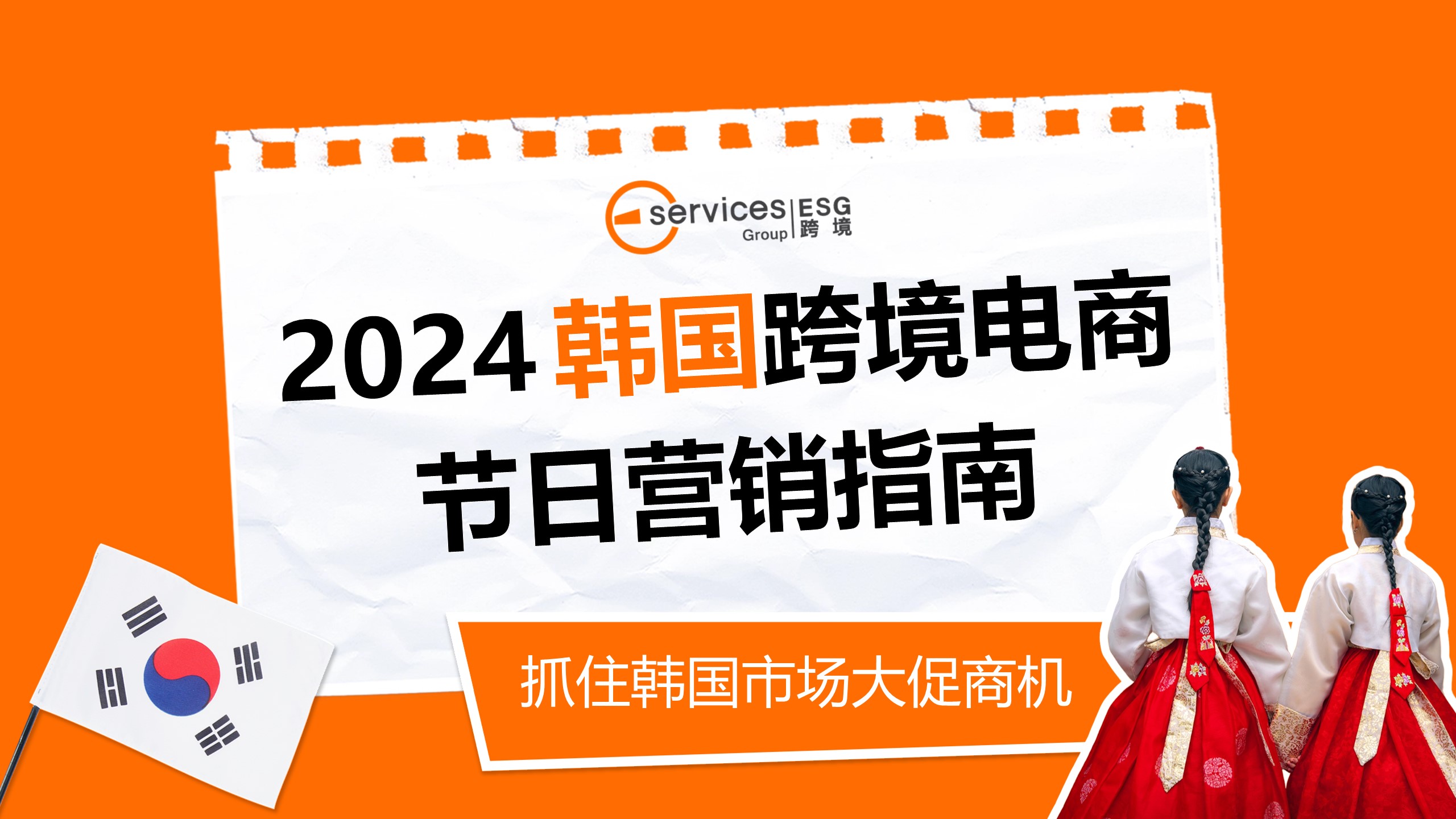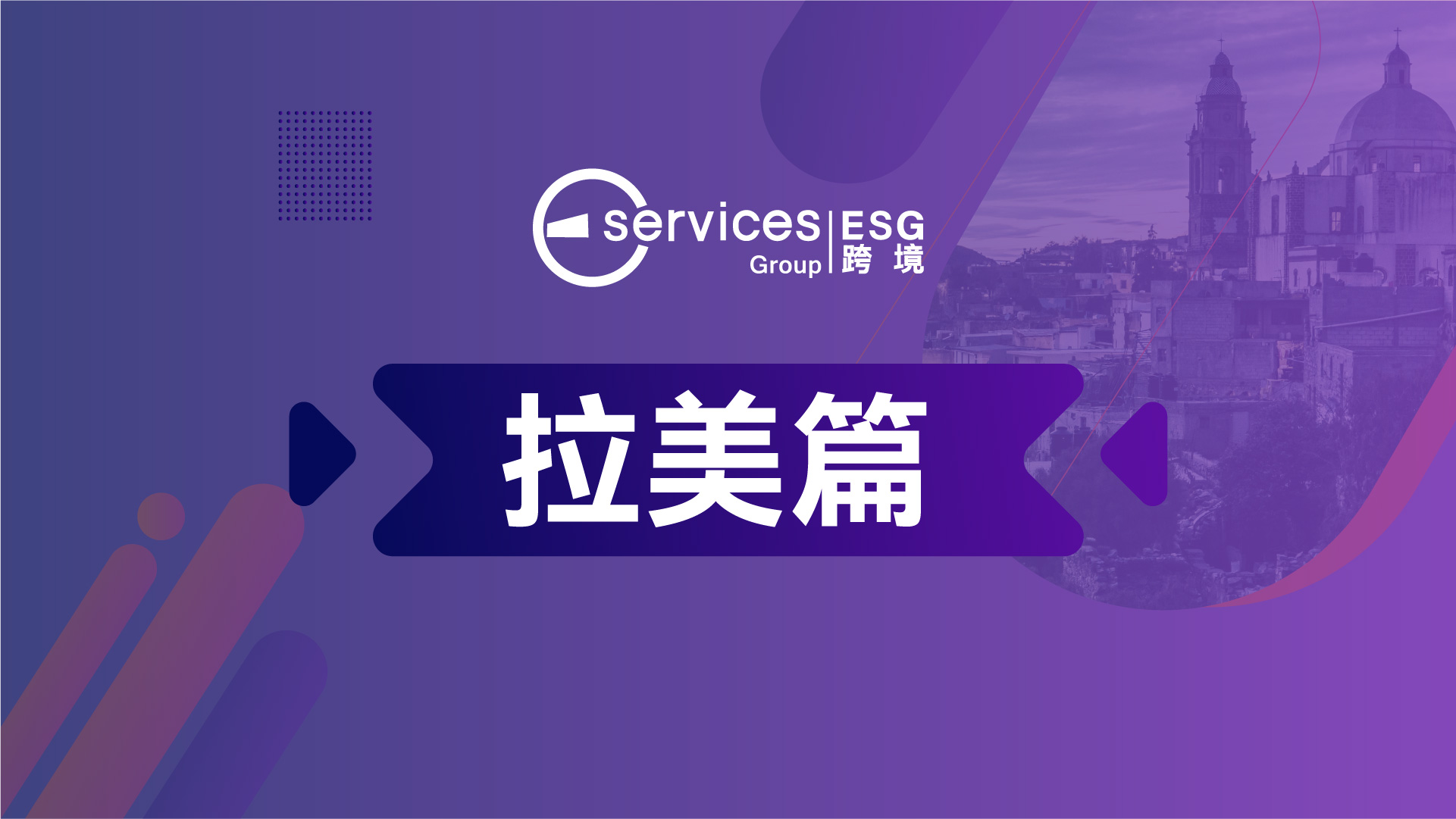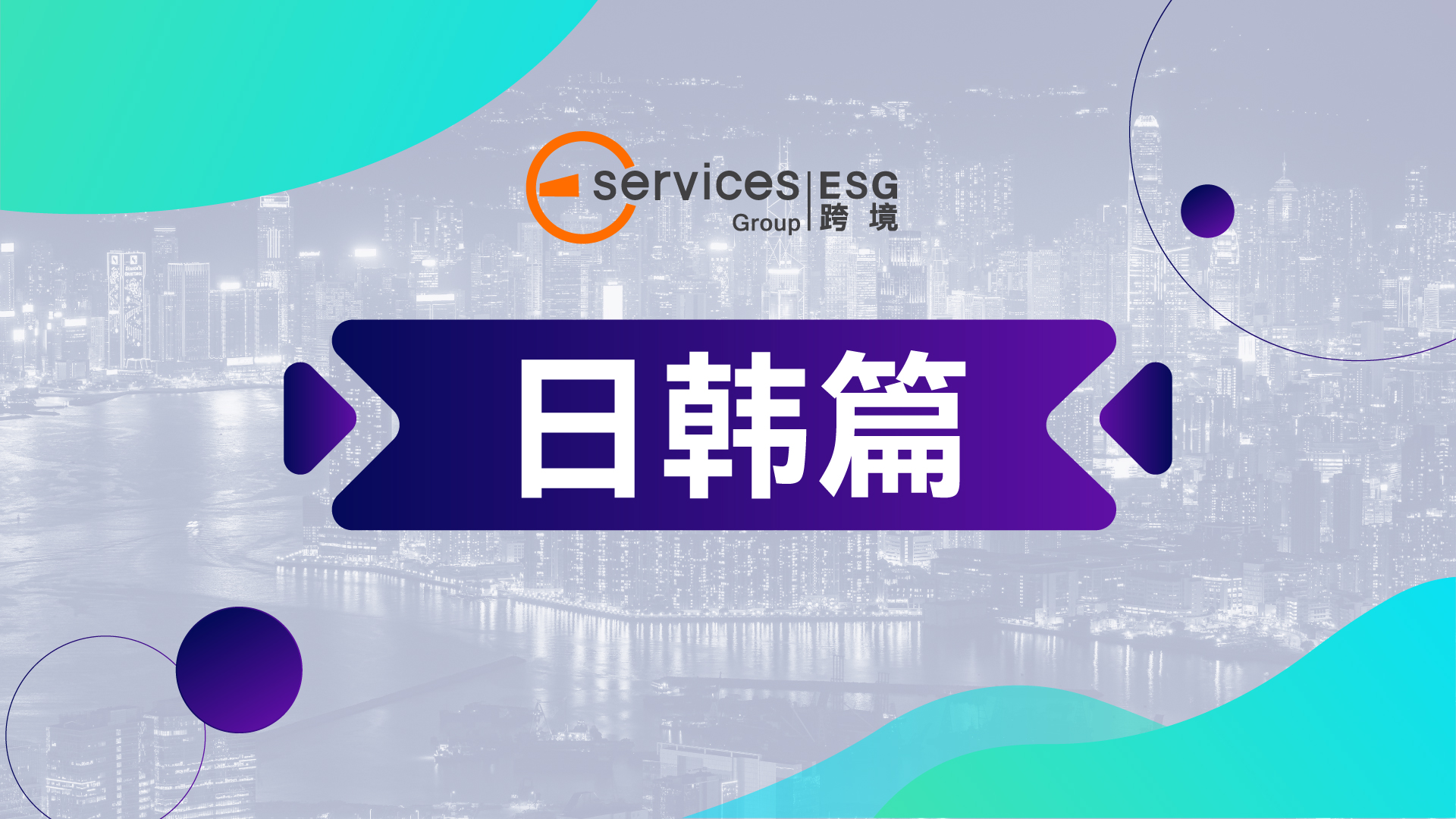补充库存工具可以提供有关待补货商品、建议补货数量和发货日期方面的建议。您可以配置交期和装箱数量等输入信息,从而自定义系统为您生成的补货建议。“补充库存”工具可以帮助您了解自己的库存水平,以便保证商品供货充足同时避免库存积压,从而最大限度地提升销量。
补充库存工具可以提供有关待补货商品、建议补货数量和发货日期方面的建议。您可以配置交期和装箱数量等输入信息,从而自定义系统为您生成的补货建议。“补充库存”工具可以帮助您了解自己的库存水平,以便保证商品供货充足同时避免库存积压,从而最大限度地提升销量。
良好的关键之一是保持库存有适量的存货。这可能具有挑战性,因为“适宜数量”会根据未来的需求和持有过大或过小库存的成本而变化。
为了帮助您应对这些挑战,亚马逊开发了一套复杂的优化模型,可以为商品计算出建议的补货数量和发货日期。这些数量和日期建议将考虑您的可变成本、预期收入和预计未来需求。这些建议旨在为您提供相关信息,您可利用这些信息平衡缺货成本(销售损失)与持有过大库存的成本(资本成本和仓储费),从而帮助您获得最高库存投资回报率。
请注意,该模型依赖于您的输入内容,同时利用预估的未来需求来生成补货建议。
我们建议您遵循建议的补货数量和发货日期,以避免出现缺货或库存不足的情况。我们的建议综合考虑未来的需求预测和您为每种商品提供的信息。通过调整卖家和供应商备货时间以及补货频率等商品级别信息,您可以对您的补货建议进行细微调整。要在“补充库存”页面上为特定商品更新这些设置,请从相应商品右侧的下拉菜单中选择【自定义 SKU 设置】。您也可以点击页面右上方的【自定义 SKU 设置】批量配置您的设置。目前,我们的补货建议并未考虑数量限制,所以请在创建货件之前注意查看【最大发货数量】。
这些日期是我们根据各种数据估算的最佳发货日期,可帮助您避免库存不足或缺货的情况。不过,您可以自愿选择是否遵循我们建议的发货日期。
在“补充库存”页面上,符合创建货件要求但具有数量限制的商品会有【限量补货】的标记。
我们会根据过去的销量、当前库存水平以及我们运营中心的可用仓储空间来计算您可以发送的商品数量。
要确定您可以发往运营中心的商品数量,请前往补充库存页面。在商品的供货天数列中点击颜色条上方的商品数量会打开一个弹出窗口,其中显示有允许的最大货件数量。
您可以发送的最大货件数量等于最高库存水平减去库存限额使用量。
要查看商品的库存限额使用量,请点击供货天数列中颜色条上方的商品数量,这会打开一个显示有库存限额使用量的弹出窗口。
库存限额使用量表示您当前在亚马逊持有的库存水平,该值计入您的最高库存水平,并可用于确定您可以发送的最大货件数量。其中包括您的入库货件、待移除库存和预留库存。该值与弹出窗口中的供应值可能相同,也可能不同。
我们目前不接受修改数量限制的请求。
我们暂时不会为有【限量补货】标记的商品显示补货建议。
在“补充库存”页面上,选择 SKU 并点击【创建入库计划】按钮,即可创建货件。要为多个 SKU 创建入库计划,请选中每个 SKU 左侧的复选框,然后点击【创建入库计划】。
确保您拥有创建货件所需的用户权限。您可以在卖家平台的【设置】下查看和更新您的用户权限。从下拉菜单中选择【用户权限】,确保已为【库存规划】启用“查看和编辑”权限。
您可以通过调整供应商交期和补货频率等商品级别的输入信息来调整您的补货建议。要更新特定商品的这些设置,请点击【操作】列中的下拉菜单,然后选择【自定义 SKU 设置】以前往 SKU 详情页面。您也可以点击【补充库存】页面右上角的【商品设置】,批量配置您的设置。
这可以提醒您某些可能会影响补货建议相关性的状况,例如: 当多个卖家对某种商品报价,并且您的价格不是当前最低商品价格时,系统会显示“您的价格不是最低商品价格”。
欢迎您提供反馈,帮助我们改进库存。您可以使用“补充库存”页面底部的【反馈】按钮发送任意。
不用,您可以输入代表您的供应商的昵称或代码。这不会影响您所获得的补货建议的质量。
您可以在“补充库存”页面的【操作】列中点击【查看详情】,然后选择【隐藏建议】,以此表明某个 SKU 不可补货。隐藏与一个 ASIN 关联的所有 SKU,会将该 ASIN 从您的有存货率计算和亚马逊物流预计销量损失中排除。
请注意,出于以下原因,隐藏可补货的 SKU 不能有效提高 (IPI) 得分:
隐藏 SKU 不会直接改变您的 IPI 得分。
您所隐藏的 SKU 将不再显示补货建议。
亚马逊物流库存设置不准确可能会导致您错过宝贵的补货机会。
根据商品的预期需求估算的您当前库存能够持续供货的天数。
您从供应商处为特定商品补货的预计价值。用建议补货数量乘以采购成本即可得出此值。
该提醒表明您商品的供货天数短于交期,这表示可能需要加急处理补货货件以免出现缺货。
该提醒表明商品的库存为空。
根据预计供货天数和交期建议的配送商品的日期,以避免少货或缺货。
针对亚马逊物流要补货的商品数量的建议。
在这些字段中输入值可调整我们针对您的业务提出的建议:
采购成本: 从您的供应商处订购指定商品时需为每件商品支付的费用。
每件商品的可变成本: 您为每件商品支付的额外费用,不包括亚马逊所收费用(例如,每件商品的运费)。
供应链设置: 指明如何为指定商品配置您的供应链,以便建议模型计算相应的交期。
供应商直接将商品运至亚马逊: 表明商品直接从您的供应商处配送至亚马逊。选择此供应链类型将导致该模型在计算建议时仅使用【供应商交期】。输入值: 1.
供应商将货件发往您的所在地,然后您将全部货件运至亚马逊: 表明商品的【整个订单】从您的供应商处发货,进行预处理后再发往亚马逊。选择此设置将导致该模型在计算建议时使用【供应商交期】外加【卖家备货时间】。输入值: 2.
供应商将批量库存发送至您的所在地,然后您将补货库存发往亚马逊: 表明您通常在您的所在地储存该商品的库存,然后直接从您的所在地向亚马逊补货。选择此设置将导致该模型在计算建议时仅使用【卖家备货时间】。输入值: 3.
卖家备货时间: 您将商品从您的所在地送达亚马逊所需的周数。
供应商交期: 供应商将商品送达您的所在地所需的时间。
补货频率: 您通常对指定商品补货的频率。
装箱数量: 又称订购倍数,即从您的供应商处订购的每盒或每箱可售商品的数量。
最小补货数量: 补充亚马逊物流库存时,您发送的最小商品数量。
Restock Inventory
The Restock Inventory tool provides recommendations on products to restock, suggested replenishment quantities, and ship by dates. You can customize your restock recommendations by configuring your inputs, such as lead time and case pack quantities. The restock tool helps you keep track of your inventory levels so that you can maximize sales by meeting product demand while avoiding overstock situations.
Frequently asked questions
How does Amazon generate restock recommendations?
One of the keys to good inventory management is keeping the right amount of inventory in stock. This can be challenging, because the “right amount” varies based on future demand and the cost of carrying too much or too little inventory.
To help you overcome these challenges, Amazon has developed a sophisticated optimization model that calculates a suggested replenishment quantity, and ship date for your products. The quantity and date recommendations take into account your variable costs, expected revenue, and estimated future demand. The recommendations are intended to provide you with information you can use to balance the cost of running out of stock (lost sales) vs. the cost of carrying too much inventory (capital costs and storage fees) to help you get the highest return on your inventory investment.
Keep in mind that the model relies on your inputs and leverages an estimate of future demand to generate a restock recommendation.
Do I need to follow Amazon’s restock recommendations?
We encourage you to follow the recommended replenishment quantity and ship dates to avoid out of stock or low stock situations. Our recommendations take into account future demand forecasts and the product-level information you provide. Please fine-tune your restock recommendations by adjusting product-level information, such as seller and supplier lead times, and replenishment frequency. To update these settings for a particular product from the Restock Inventory page, select Customize SKU settings from the drop-down menu to the right. You can also configure your settings in bulk by clicking Customize SKU settings at the top right of the page. Currently, our recommendations do not take into account the quantity limits, so please note the Maximum shipment quantity before creating a shipment.
Do I need to send my shipments by the recommended ship date?
These dates are our best estimate of when to send in a shipment to help you avoid low stock or out-of-stock scenarios. However, it is always your decision whether or not to follow our recommended ship date.
How will I know which products have quantity limits?
Products that are eligible for shipment creation and have a quantity limit are marked with a Limited restock tag on the Restock Inventory page.
How does Amazon calculate the quantity I am able to send for limited restock products?
We calculate the quantity you can send based on past sales, current inventory levels, and the capacity available in our fulfillment centers.
How can I determine how much of my product I am able to send?
To determine how much you can send to a fulfillment center, go to the Restock Inventory page. In the Days of Supply column for your product, click on the units right above the color bar to open a pop-up window that contains your Maximum shipment quantity allowed.
How does Amazon calculate the maximum shipment quantity allowed?
Your Maximum shipment quantity equals your Maximum inventory level allowed minus Utilization.
To find utilization for your product, click on the units right above the color bar in the Days of Supply column to open a pop-up window that contains the Utilization number.
Utilization represents your current inventory at Amazon, which counts against your maximum inventory level and helps determine your maximum shipment quantity. It includes incoming shipments, inventory pending removals, and your reserved inventory. This may or may not match with the Inventory supply at Amazon number in the pop-up window.
Can I appeal for an increase in my product's quantity limit?
No, we are not accepting requests to modify quantity limits.
Why is a restock recommendation not available for some of my products?
Temporarily, we are not showing restock recommendations for products marked with the Limited restock tag.
How do I create a shipment from the Restock Inventory page?
You can create a shipment by selecting the SKU and clicking the Create shipping plan button. To create a shipping plan for multiple SKUs, check the box to the left of each SKU and then click Create shipping plan.
Make sure you have the right user permissions to create a shipment. You can check and update your user permissions in Seller Central under Settings. Select User Permissions from the drop-down menu, then ensure Inventory Planning has the “view and edit” permission enabled.
How do I adjust my restock settings?
You can fine-tune your restock recommendations by adjusting product-level inputs such as supplier lead time and replenishment frequency. To update these settings for a particular product, click on the drop-down menu in the Action column and select Customize SKU settings to be taken to the SKU Details page. You can also configure your settings in bulk by clicking Product settings at the top right of the Restock Inventory page.
Why do I see an alert displayed at the bottom of the Configure SKU settings page?
Alerts let you know about certain conditions that may affect the relevance of your recommendations. For example: “You do not have the lowest-price offer” displays when there are multiple sellers with offers on a given product and you do not have the current lowest offer price.
How can I provide feedback about the recommendations or the Restock Inventory feature?
We welcome your feedback to help us improve our inventory management tools. Send any feedback by using the Feedback button on the bottom of the Restock Inventory page.
I'd prefer to keep my supplier’s name prie. Do I have to enter the supplier’s name?
No. You can enter a nickname or code to represent your suppliers. Doing this will not change the quality of your restock recommendations.
How do I flag ASINs as not replenishable?
You can indicate that a SKU is not replenishable on the Restock Inventory page by clicking View details in the Action column and selecting Hide recommendation. Hiding all SKUs associated with an ASIN will exclude the ASIN from your FBA in-stock rate and estimated lost sales.
Note that hiding replenishable SKUs is not an effective way to increase your Inventory Performance Index (IPI) score for the following reasons:
Hiding SKUs does not directly change your IPI score.
The SKUs you hide will no longer display restock recommendations.
Inaccurate FBA inventory settings may cause you to miss valuable restock opportunities.
Glossary
Days of supply
The estimated number of days your current inventory supply will last based on the projected demand for your product.
Estimated shipment value amount
The estimated value of the inventory you are restocking for a particular product from your supplier. It’s calculated by multiplying your recommended replenishment quantity with your cost of purchase.
Low stock
This alert identifies items where the days of supply is less than the lead time, which indicates that replenishment shipments may need to be expedited in order to avoid going out of stock.
Out of stock
This alert is shown for items that are no longer in inventory.
Recommended ship date
The suggested date to ship the product to avoid a low- or out-of-stock scenario, based on your estimated days of supply and lead time.
Recommended replenishment quantity
The recommendation for the number of units to be restocked for FBA.
Restock inputs
Enter values in these fields to fine-tune your recommendations for your business.
Cost of purchase: The per-unit cost that you pay to order the specified product from your supplier.
Per-unit variable costs: Additional per-unit cost that you pay, not including Amazon fees (for example, shipping cost per unit).
Supply chain setting: Indicates how your supply chain is configured for the specified product so that the recommendation model can calculate the appropriate lead time.
Supplier ships directly to Amazon: Indicates that the product is directly shipped from your supplier to Amazon. Selecting this supply chain type will cause the model to use only Supplier lead time when calculating recommendations. Enter value: 1.
Supplier ships to your facility, then you forward the full shipment to Amazon: Indicates that the full order for the product is shipped from your supplier, then prepped before sending to Amazon. Selecting this will cause the model to use Supplier lead time plus Seller lead time when calculating recommendations. Enter value: 2.
Supplier ships a bulk supply to your facility, then you replenish inventory to Amazon: Indicates that you typically store inventory for this product at your facility and replenish to Amazon directly from that facility. Selecting this will cause the model to use only Seller lead time when calculating recommendations. Enter value: 3.
Seller lead time: Number of weeks needed for you to deliver a product from your facility to Amazon.
Supplier lead time: The amount of time needed for your supplier to deliver a product to your facility.
Replenishment frequency: The frequency at which you typically replenish the specified product.
Case pack quantity: Also known as order multiple, this is the number of sellable units per case or carton ordered from your supplier.
Minimum replenishment quantity: The minimum number of units that you send when restocking FBA inventory.
Sales (last 30 days)
The value for the total sales of this SKU in the last 30 days.
特别声明:以上文章内容仅代表作者本人观点,不代表ESG跨境电商观点或立场。如有关于作品内容、版权或其它问题请于作品发表后的30日内与ESG跨境电商联系。
二维码加载中...
使用微信扫一扫登录
使用账号密码登录
平台顾问
微信扫一扫
马上联系在线顾问
小程序

ESG跨境小程序
手机入驻更便捷
返回顶部





